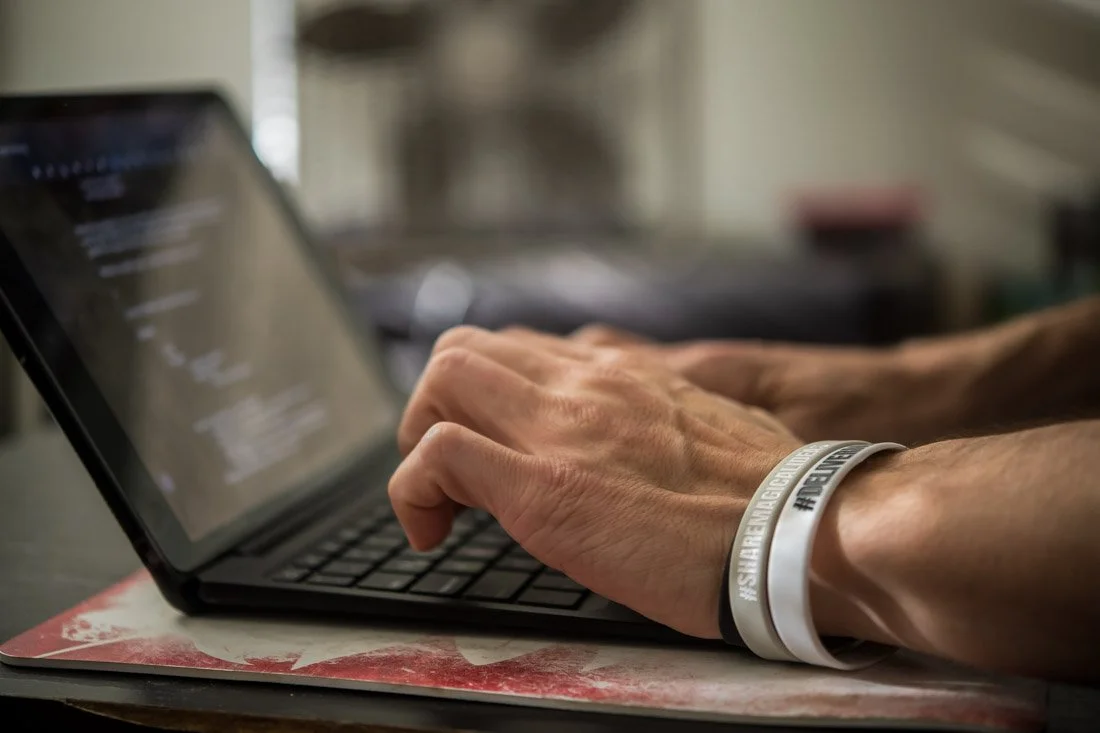Allow your body language to speak confidently on your behalf
Don’t think that body language and facial expression are a big deal for your photos?
Think again - and you don’t have to take my word for it :)
Regardless of the types of photo you share, one of the primary factors that determine whether or not you post it publicly throughout your online presence is based on the emotional sentiment of the image.
That sentiment is created, in large part, by your body language and facial expression.
I recently came across an article on verywellmind.com that went into greater detail on the importance of body language and how it’s interpreted by others.
While the author, Kendra Cherry, talks about body language with respect to in-person interactions, the psychology behind it applies directly to your photos and how you’re immediately qualified by those who run into them online.
And by “qualify,” I mean in less than 7 seconds.
It’s more like 2 nanoseconds these days!
“The expression on a person's face can help determine if we trust or believe what the individual is saying,” says Cherry. That’s why it’s essential to share genuine, honest expressions.
Long story short, stop the shit with the fake smiles, folks! People can sniff it out from a mile away and it will inspire people to walk away from learning more about you.
When it comes to your lips, Cherry points out that they, alone, can create a negative emotional sentiment if you aren’t careful.
“Tightening the lips might be an indicator of distaste, disapproval, or distrust. Slight changes in the mouth can also be subtle indicators of what a person is feeling. When the mouth is slightly turned up, it might mean that the person is feeling happy or optimistic. On the other hand, a slightly down-turned mouth can be an indicator of sadness, disapproval, or even an outright grimace.”
If you’re feeling tense, apprehensive and uncomfortable in front of the camera, it will be written on your lips and throughout every photo you take in that mental state.
If you notice this happening when previewing the photos from your session, take a break, relax your mind and get in the present moment to loosen those facial muscles so that your lips, and the rest of your face, snaps back to normal.
Talk to your photographer about what’s troubling you and that open and honest conversation will help get your head back in the game.
Your facial expressions are only part of the body language conversation, as Cherry points out.
“Posture can convey a wealth of information about how a person is feeling as well as hints about personality characteristics, such as whether a person is confident, open, or submissive.”
Cherry continues, “Sitting up straight, for example, may indicate that a person is focused and paying attention to what's going on. Sitting with the body hunched forward, on the other hand, can imply that the person is bored or indifferent.”
So when your photographer barks at you to straighten up your back, now you know why!
It’s not just for flattery purposes, it’s also because you don’t want to convey the sentiment of boredom or indifference in your photos, especially when, as an expert, you’re in the business of transformation.
Cherry then touches on one of my favorite no-no’s when in front of the camera - crossing arms:
“The arms and legs can also be useful in conveying nonverbal information. Crossing the arms can indicate defensiveness. Crossing legs away from another person may indicate dislike or discomfort with that individual.”
Listen, I know it’s a chore to figure out what to do with your arms when standing directly in front of a camera, but there are other options besides folding them.
Put your hands on your sides, in your pocket, or behind your back - just don’t cross them! Same with your legs - it subconsciously turns people off, which is the antithesis of what your photos are intended to do, which is to create curiosity and attention.
Understanding facial expression and body language, in general, is important because the way it shows up in your photos directly influences potential clients opinions of who you are and how trustworthy you appear to be before ever having a conversation with you.
Keep this in mind before your next portrait session.
My suggestion is to check out the rest of Kendra Cherry’s article before you do so.
You can read the entire article here.
If any questions pop up for you after reading the article, share them in the comment section below.


